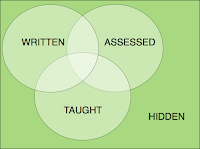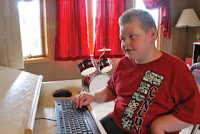Catatonia is a complex disorder covering a range of abnormalities of movement, posture, speech and behavior associated with under-activity as well as over-activity. Research and clinical evidence reveals that some children with Autism Spectrum Disorders (ASD), including Asperger’s and High Functioning Autism, develop a complication characterized by catatonic and Parkinsonian features. In children with ASD, catatonia is shown by the onset of any of the following traits: increased slowness affecting movements and/or verbal responses increased reliance on physical or verbal prompting by others increased passivity and apparent lack of motivation Parkinsonian features (e.g., freezing, excitement and agitation, a marked increase in repetitive and ritualistic behavior) difficulty in initiating, completing, and inhibiting actions Behavioral and functional deterioration in the teenage years is common among young people with ASD. When parents notice a deterioration or an o






